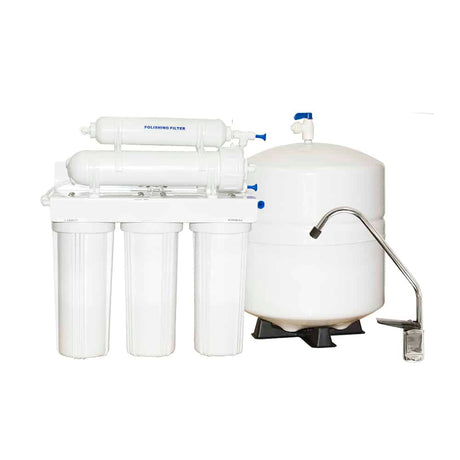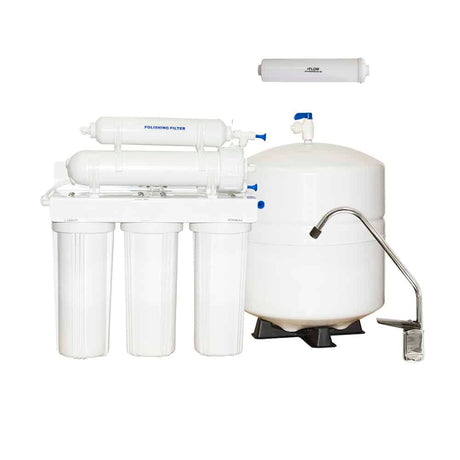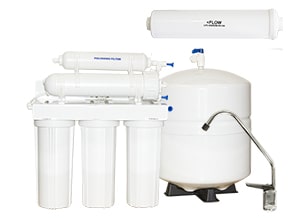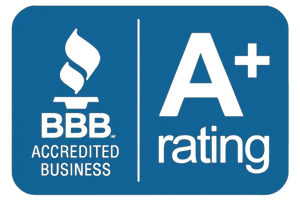Reverse Osmosis System
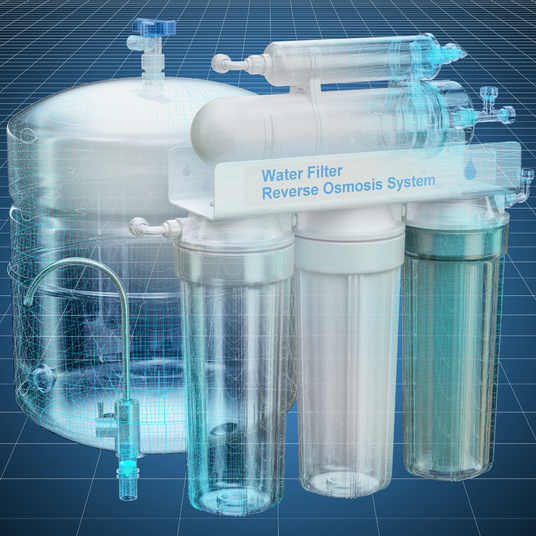
What is Reverse Osmosis?
Reverse osmosis is a water purification process that removes impurities, toxins, and harmful contaminants by forcing water through a specialized semi-permeable membrane. This advanced filtration method ensures only pure water passes through while contaminants are flushed out.
Discover the Benefits of Reverse Osmosis Systems
Clean, pure, and mineral-rich water is essential for a healthy life. Reverse Osmosis (RO) systems are the ultimate solution for ensuring your drinking water is free from contaminants while offering additional health benefits like alkalizing and mineralizing. Whether you're looking for basic purification or advanced features like UV protection, an RO system can elevate your water quality and transform your daily life.
Key Features of Reverse Osmosis Systems
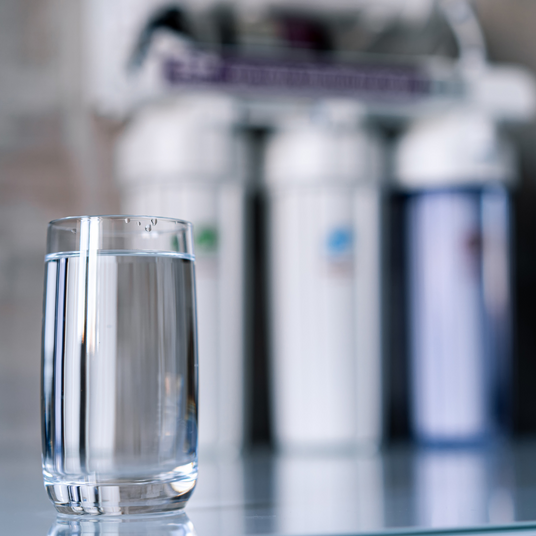
The Alkaline Advantage
Traditional reverse osmosis removes impurities but can strip water of essential minerals. With advanced mineral cartridges, modern systems replenish your water with calcium, magnesium, and other essential nutrients. This process creates alkaline water, known for its potential to improve hydration, support bone health, and reduce acid reflux.
Who Can Benefit from a Reverse Osmosis System?
- Families: Ensure safe, clean water for every member, including children.
- Health Enthusiasts: Enjoy the added benefits of alkalized and ionized water.
- Offices: Provide employees with fresh, purified drinking water.
- Low-Pressure Homes: Choose models that perform effectively even under low water pressure conditions.
How Does a Reverse Osmosis System Work?
Reverse osmosis systems use a multi-stage filtration process to deliver pure and clean water. Here’s a step-by-step breakdown:
-

Pre-Filtration
Removes larger particles like sediment, dirt, and rust to protect the RO membrane.
-

Carbon Filtration
Eliminates chlorine, odors, and harmful chemicals to improve taste and protect the membrane.
-

Reverse Osmosis Membrane
Forces water through a semi-permeable membrane, filtering out contaminants like heavy metals, bacteria, and viruses.
-

Post-Filtration
Provides a final polish, ensuring any remaining impurities are removed for crisp, clean water.
-

Optional Features
Mineral Cartridges: Reintroduce essential minerals like calcium and magnesium.
UV Lamp: Destroys bacteria and viruses for added safety.
